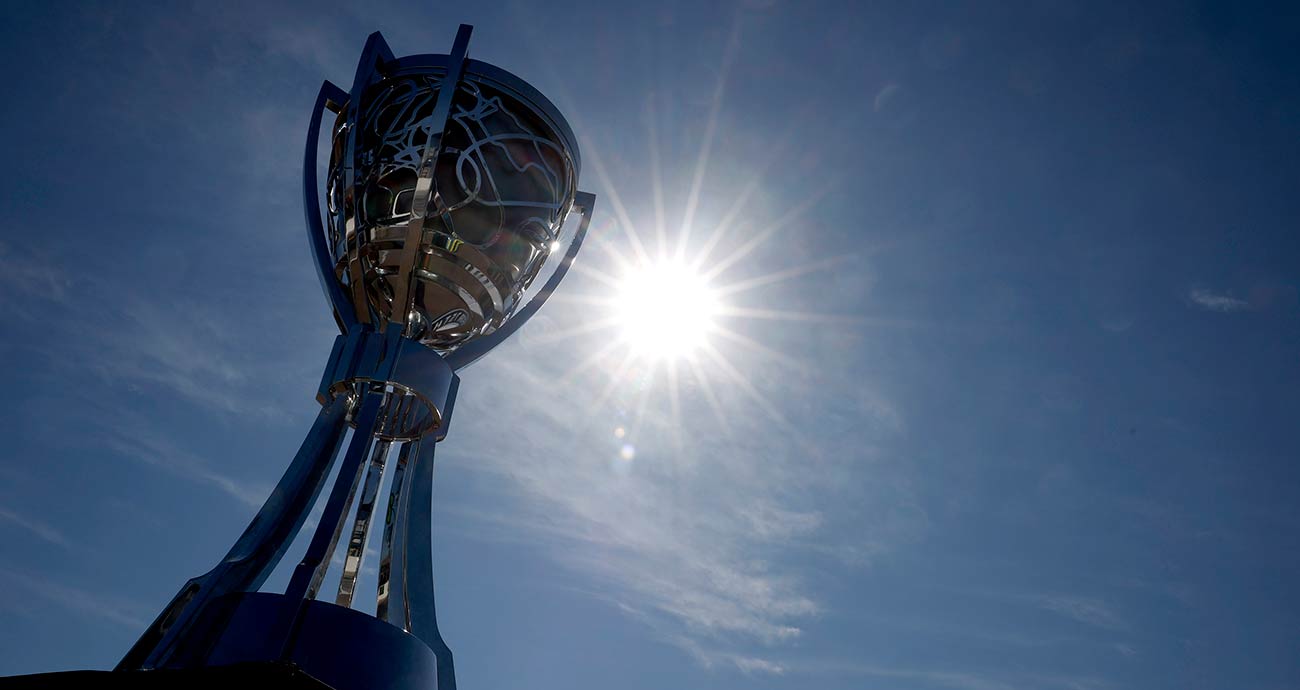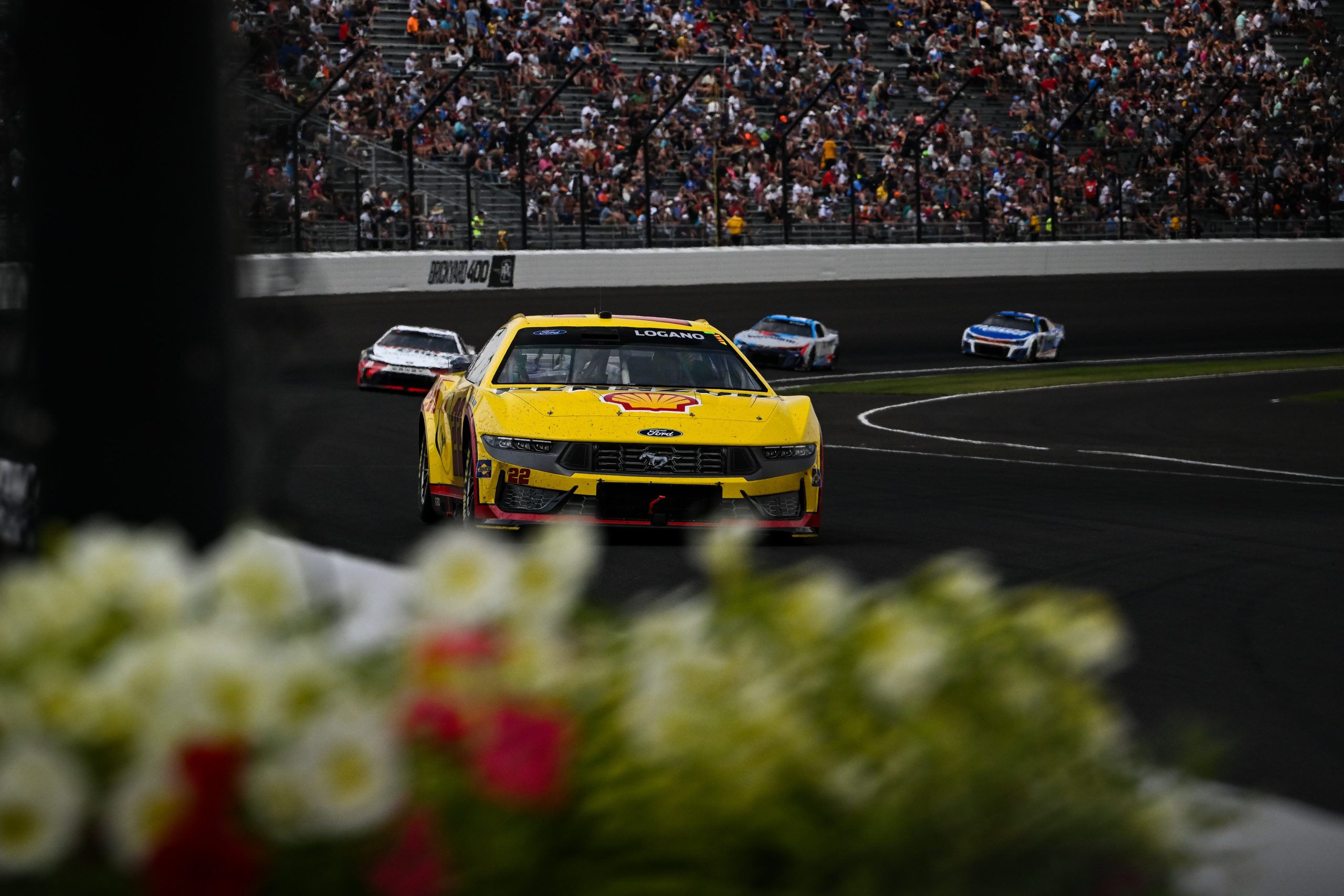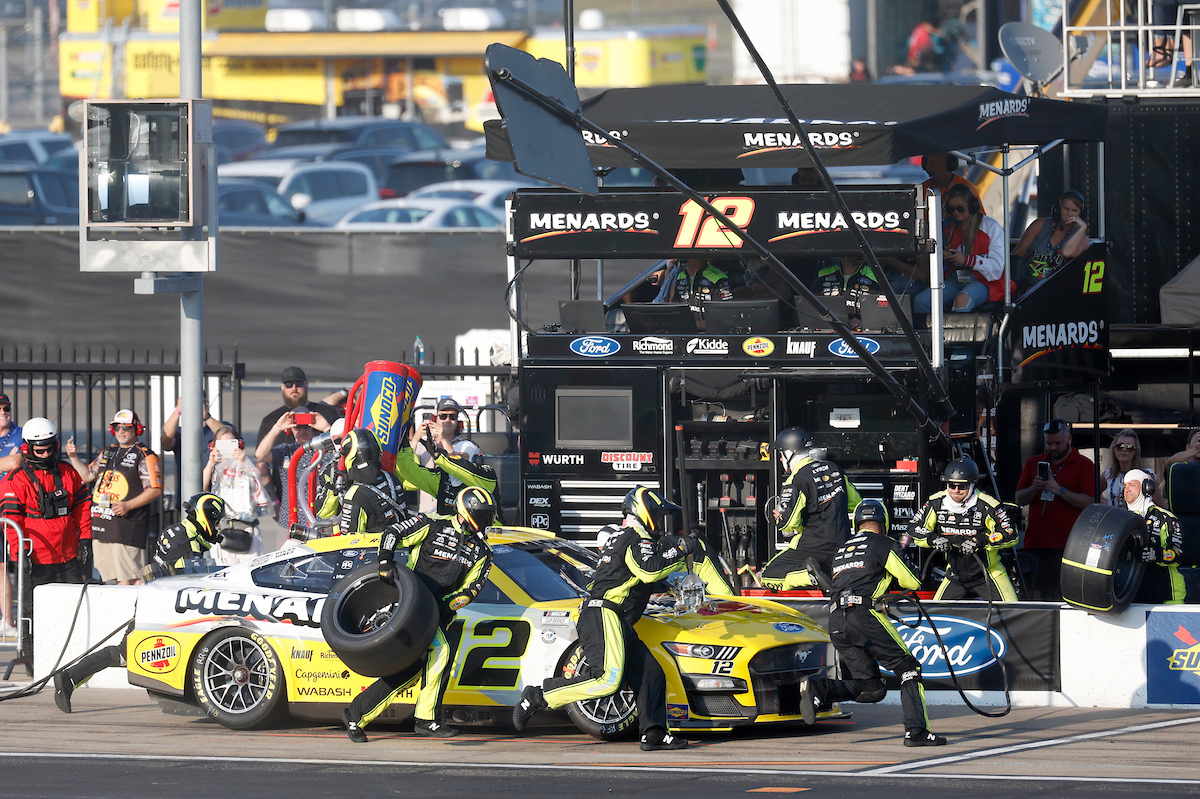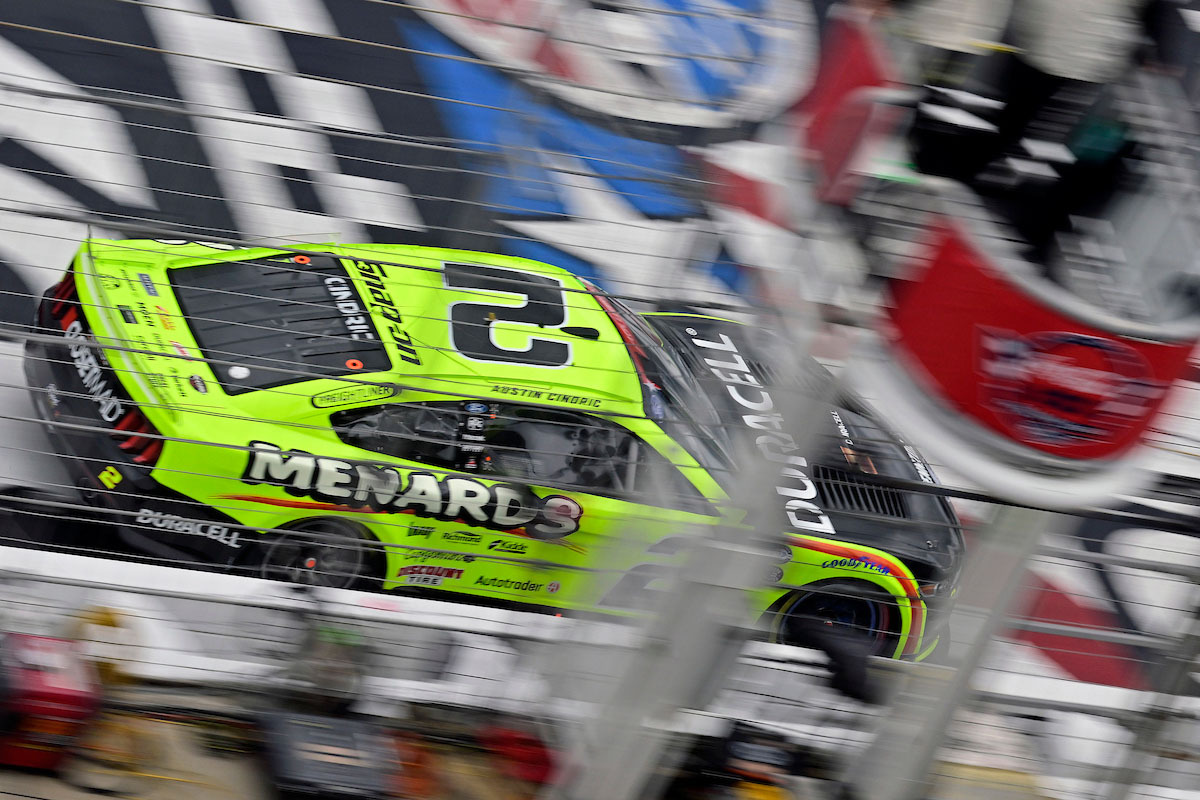NASCAR vs F1: Which Engine Is More Powerful?
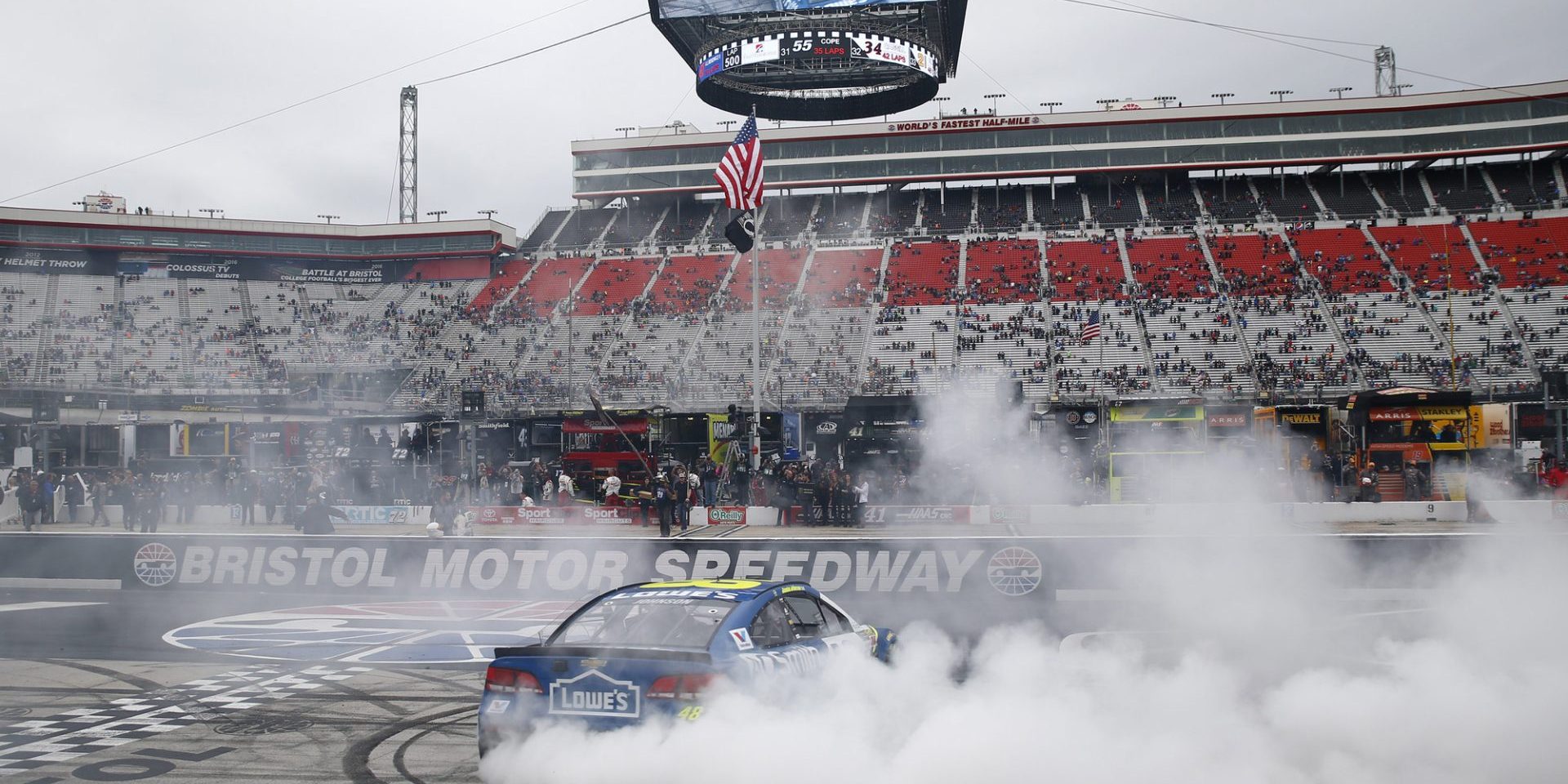

When comparing NASCAR and Formula 1 engines, a discussion of power often takes center stage. NASCAR vehicles are equipped with 5.86-liter V8 engines, creating up to 750 horsepower. In contrast, Formula 1 cars sport a more technologically advanced 1.6-liter V6 turbocharged engine that, along with the Energy Recovery System (ERS), produces approximately 1000 horsepower.
The differences between the two are inherent in their design philosophies and intended use. NASCAR engines are built for high durability and to withstand the rigors of oval track racing, which requires significant full-throttle endurance. Formula 1 engines, on the other hand, are designed for agility, speed, and efficiency, adapting to varying track layouts with a mix of high-speed straights and challenging corners.
Key Takeaways
- Formula 1’s Edge in Power Output: While both NASCAR and Formula 1 engines are marvels of engineering, the advanced 1.6-liter V6 turbocharged engine of a Formula 1 car, complemented by its Energy Recovery System (ERS), achieves a higher power output of approximately 1000 horsepower, compared to the up to 750 horsepower generated by NASCAR’s larger 5.86-liter V8 engines.
- Contrasting Engineering Philosophies: The stark contrast in engine technology and design between NASCAR and Formula 1 reflects their differing engineering philosophies—NASCAR prioritizes durability and endurance for oval track racing, whereas Formula 1 focuses on agility, efficiency, and technological innovation for diverse track layouts.
- Regulatory and Design Implications on Performance: The distinct regulatory environments and design objectives of NASCAR and Formula 1 not only influence the engines’ power outputs but also underscore the unique demands and strategic considerations of each racing series, from fuel efficiency and energy recovery in Formula 1 to the rugged, high-speed endurance required in NASCAR.
Table of Contents
Comparing NASCAR and Formula 1 Racing
This section examines the historical development and fundamental distinctions in regulations and race formats between NASCAR and Formula 1, two premier motorsports.
History and Evolution of the Racing Series
NASCAR (National Association for Stock Car Auto Racing) has its roots in the Prohibition era when modified cars raced each other, boasting powerful V8 engines to evade law enforcement. Officially established in 1948, it has grown to become a highly popular motorsport in the United States. The NASCAR Cup Series is the top racing series featuring various tracks, including ovals, road courses, and superspeedways.
F1 (Formula 1) started in 1950 with the British Grand Prix and rapidly became the paramount international single-seater auto racing championship. Distinctive for its technologically advanced cars, F1 races are referred to as Grands Prix and take place globally. The evolution has been towards hybrid power units with a focus on energy recovery systems, presenting forefront automotive technology in challenging race conditions.
Key Differences in Race Formats and Rules
NASCAR:
- Races are segmented into stages; points are awarded after each stage contributing to playoff qualification.
- The series includes a playoff system where drivers accumulate points to vie for the championship in the final races of the season.
F1:
- Adheres to a standardized weekend format consisting of practice sessions, qualifying rounds, and a single race where points are awarded.
- The championship is won by the F1 driver who scores the most points across all Grands Prix, with no playoff structure in place.
| Format & Rules | NASCAR | F1 |
|---|---|---|
| Race Segmentation | Divided into stages | Single race |
| Championship Structure | Playoffs system | Cumulative points |
| Point Distribution | After each stage & race | Post-race only |
| Global Presence | Mostly U.S. based | Worldwide (5 continents) |
| Vehicle Power Units | Large displacement engines | Smaller, hybrid power units |
These distinctions reflect the separate philosophies governing both series: NASCAR emphasizes accessibility and entertainment with frequent lead changes and close racing, while F1’s focus lies on technological innovation, with strict rules over car design and engineering prowess. Each series has cultivated a dedicated fan base attracted to its particular style of racing.
Engineering Marvels: The Engines of NASCAR and F1
The engines of NASCAR and F1 vehicles are both remarkable in design, revealing advanced engineering choices that cater to the specific demands of their respective racing disciplines. Each engine type showcases a concentration of power, precision, and technological innovation tailored for high-speed motorsport.
Technical Specifications of NASCAR and F1 Engines
NASCAR Engines:
- Type: Naturally aspirated V8
- Displacement: 5.8 liters
- Fuel Injection: Carbureted (transitioning to fuel injection)
- Horsepower: Over 700 HP
- RPM: Approximately 9,000 RPM
F1 Engines:
- Type: Turbocharged V6 hybrid
- Displacement: 1.6 liters
- Fuel Injection: Direct injection
- Horsepower: Approx 1000 HP combined (internal combustion engine and electric systems)
- RPM: Limited to 15,000 RPM
These specifics indicate that while NASCAR engines have larger displacement, F1 power units advance by integrating turbochargers and hybrid systems that enhance overall power efficiency.
The Role of Power Units and Energy Recovery Systems in F1
F1 power units are a composite of multiple components, chiefly the internal combustion engine and Energy Recovery Systems (ERS). The latter encompasses two motor generator units:
- MGU-H (Motor Generator Unit – Heat): Recovers energy from the turbocharger.
- MGU-K (Motor Generator Unit – Kinetic): Recovers energy during braking.
The power output from these systems is intricately managed to provide additional horsepower, with the total power reaching around 1000 HP. This demonstrates the technological advancement of F1 engines which not only prioritize raw horsepower but also focus on the strategic use of recovered energy.
Performance Factors: Speed, Power, and Agility
The pursuit of high performance in motorsports hinges on speed, power, and agility, each of which is influenced by engineering marvels in acceleration capability, the sophistication of power units, and the integration of aerodynamics for superior handling.
Acceleration and Top Speed Comparisons
Formula 1 engines are designed to deliver impressive power from a 1.6-litre V6 turbocharged unit coupled with an Energy Recovery System (ERS). These engines can often exceed 15,000 rpm, translating to swift acceleration and top speeds. Notably, a Formula 1 car accelerates from 0 to 62 mph in approximately 2.5 seconds and can reach top speeds of 235 mph. In contrast, NASCAR vehicles, with larger displacement engines, achieve 0 to 62 mph in around 3.5 seconds and have recorded top speeds of up to 212 mph.
- F1 Acceleration: 0-62 mph in ~2.5 seconds
- F1 Top Speed: Up to 235 mph
- NASCAR Acceleration: 0-62 mph in ~3.5 seconds
- NASCAR Top Speed: Up to 212 mph
Aerodynamics and Downforce Impact on Performance
The aerodynamic design and downforce are critical to the handling, stability, and grip of a racing car, impacting their ability to maintain speed through corners. Formula 1 cars, with their light frames and advanced aerodynamics, generate significant downforce, which enables greater cornering speed and agility. The result is a powerful grip that underlies their high-speed performance and stability.
- F1 Aerodynamics: Advanced design driving high downforce, improved grip, and handling
- NASCAR Aerodynamics: Less focus on downforce, leading to different handling characteristics
Economic and Regulatory Aspects
The effectiveness of an engine in Formula 1 or NASCAR is influenced by underlying economic factors and regulatory frameworks. These affect development costs, team spending, and ultimately, the power units’ capabilities.
The Impact of Budget Caps and Manufacturer Involvement
Budget Cap:
- Formula 1 introduced a budget cap, regulated by the FIA, to promote competitiveness and financial sustainability. As of recent seasons, teams have been limited to spending $145 million per season, excluding driver salaries and a few other expenses. This cap is set to decrease annually.
- NASCAR does not have a budget cap per se, but the cost is regulated through standardized parts and specifications. The emphasis is on maintaining a level playing field for all teams, reducing the arms race of spending on technological advancements.
Manufacturer Involvement:
- F1’s manufacturers like Mercedes and Ferrari play a pivotal role, with their engineering prowess and dedicated research and development shaping engine progress. Their financial investment in F1 is substantial due to the global prestige of the sport.
- NASCAR’s manufacturers, including Ford and Chevrolet, are more limited by NASCAR’s regulations, which promote parity over technology, keeping costs lower than F1 but reducing potential engine power advancements.
Sponsorships, Salaries, and the Business of Motorsports
Sponsorships:
- Formula 1 teams often secure higher sponsorship deals due to wider global exposure, enabling better funding for engine development.
- NASCAR teams rely on sponsorship deals as well, but these are typically less lucrative due to NASCAR’s predominantly American audience, which affects overall revenue and investment in engine technology.
Salaries:
- F1’s high-profile drivers, like Lewis Hamilton, command significant salaries, often independent of the budget cap, which can affect team expenses allocated to engine research.
- NASCAR has varied driver salaries with no requirement to disclose them publicly. While top drivers earn handsomely, they usually do not reach the same level as F1’s stars, potentially leaving more budget for engine development.
Business of Motorsports:
- Both F1 and NASCAR’s economic status is critical in the engineering of their respective engines. F1’s extensive 20-plus race season across the globe increases attendance and viewership revenue, escalating budgets for engine refinement.
- NASCAR’s model involves chartered teams guaranteed race entry, promoting financial stability, and unchartered entries that can try to qualify, keeping competition dynamic but with more strict financial controls.

